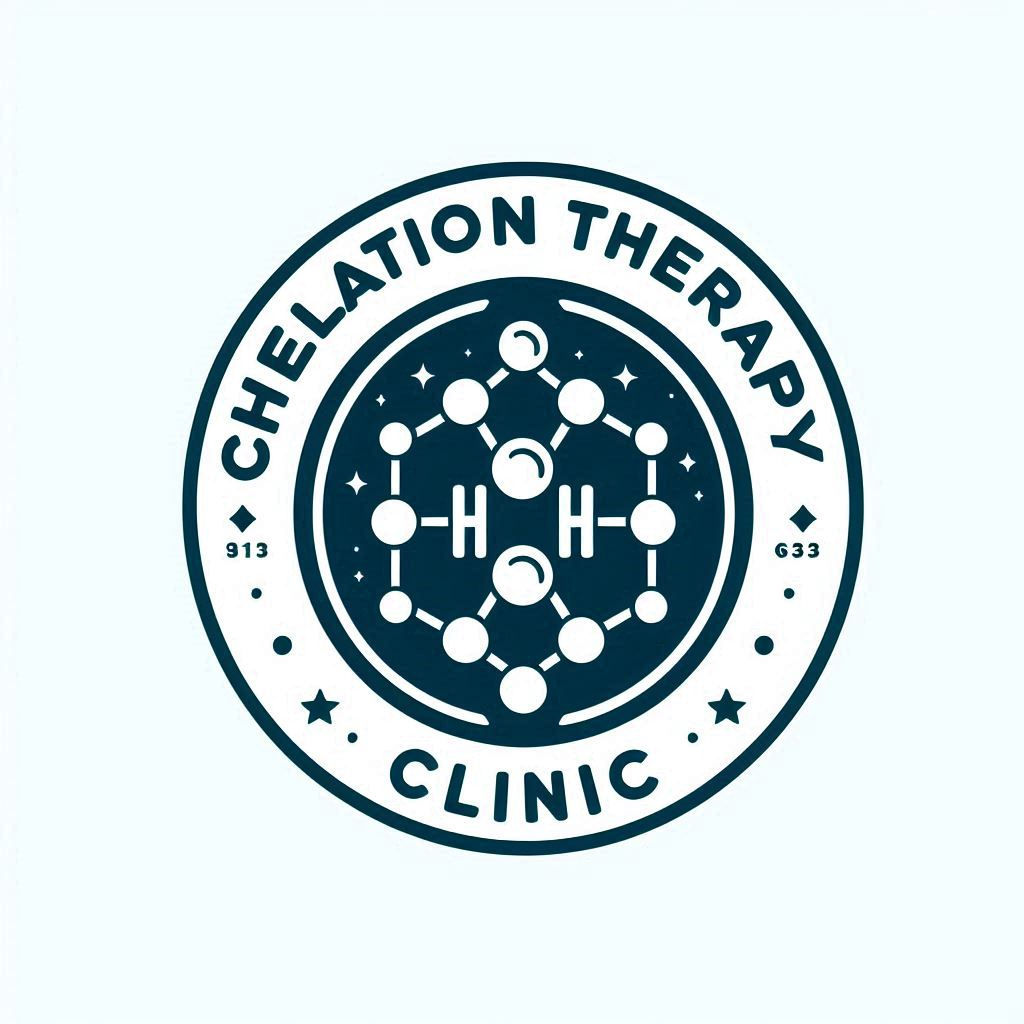Your cart is currently empty!
Chelation Therapy and Chelating Agents
Chelation therapy is a medical treatment that involves the use of chelating agents to remove heavy metals from the body. Heavy metal toxicity, often caused by exposure to substances like lead, mercury, and arsenic, can have detrimental effects on health. Chelation therapy works by binding to these toxic metals and forming stable, water-soluble compounds that can be excreted from the body.
Here are key aspects of chelation therapy and chelating agents:
- Chelating Agents: Chelating agents are chemical compounds designed to selectively bind to metal ions. Common chelating agents used in chelation therapy include:
- EDTA (Ethylenediaminetetraacetic Acid): A synthetic amino acid that binds to a variety of metals, especially calcium and heavy metals.
- DMSA (Dimercaptosuccinic Acid): Effective against lead and mercury poisoning, often used in cases of pediatric lead exposure.
- DMPS (Dimercaptopropane Sulfonate): Used for treating mercury and arsenic poisoning.
- Deferoxamine: Primarily used to chelate excess iron in conditions like iron overload.
- Administration: Chelation therapy can be administered intravenously or orally, depending on the specific chelating agent and the type of metal toxicity being addressed. Intravenous chelation is commonly used for more severe cases.
- Medical Conditions: Chelation therapy is often employed for conditions related to heavy metal toxicity, such as lead poisoning, mercury poisoning (often from dental amalgams), and certain types of iron overload disorders. It is also explored in alternative medicine for conditions like cardiovascular disease, although its efficacy for these purposes is a subject of debate.
- Detoxification: The primary goal of chelation therapy is to detoxify the body by removing toxic metals. Once the chelating agent binds to the metal ions, the resulting complex is eliminated from the body through urine.
- Safety and Monitoring: Chelation therapy should only be administered under the supervision of qualified healthcare professionals, as improper use or dosage can lead to side effects. Regular monitoring of kidney function and other relevant parameters is essential during treatment.
It’s important to note that while chelation therapy is established as a medical treatment for heavy metal poisoning, its use for other conditions is often controversial, and scientific evidence supporting its efficacy in those cases may be limited. Individuals considering chelation therapy should consult with a healthcare provider to assess its appropriateness for their specific situation.
